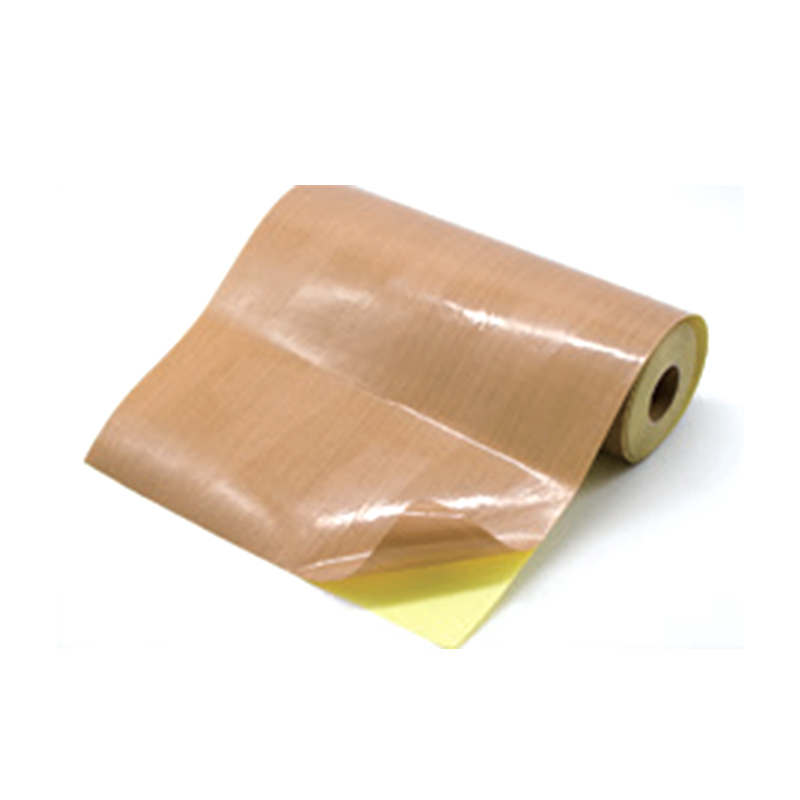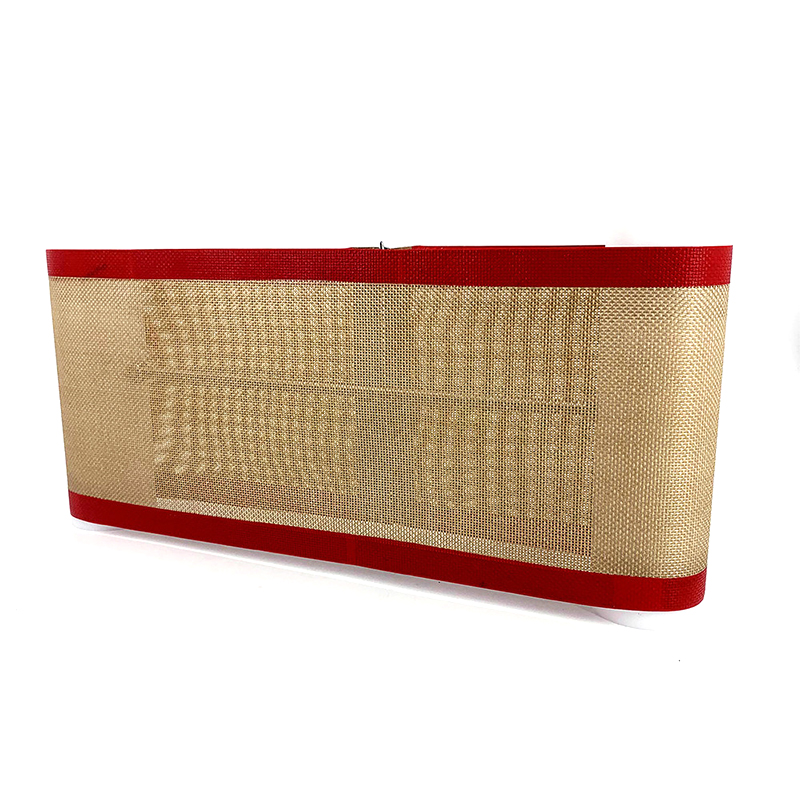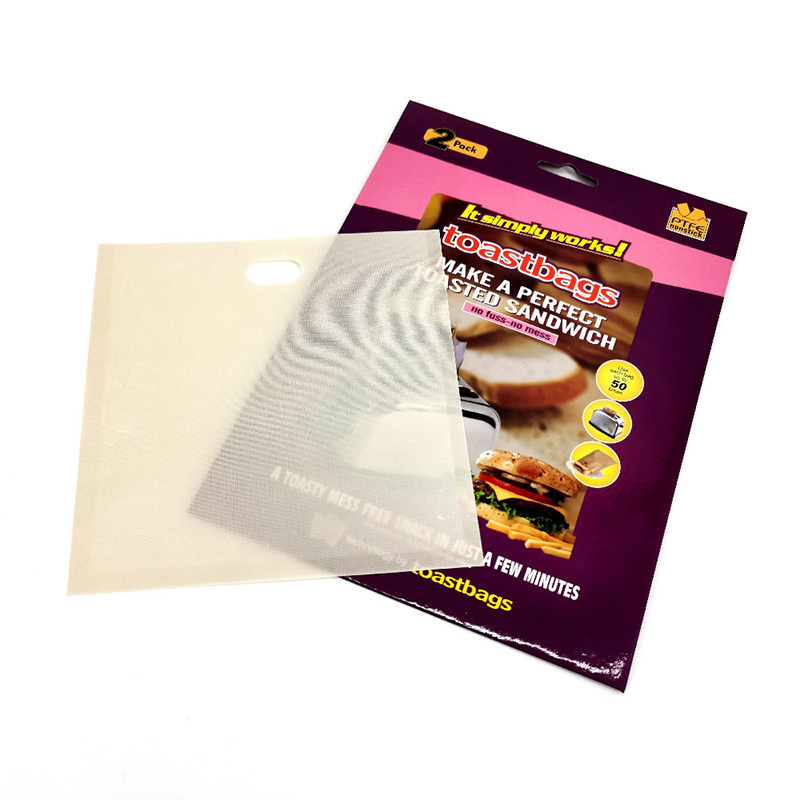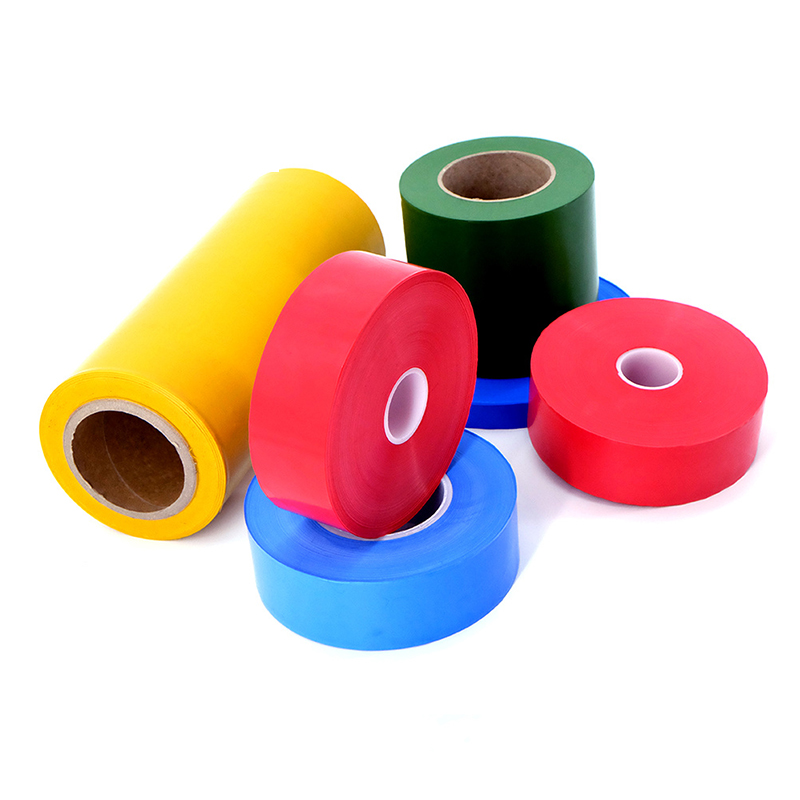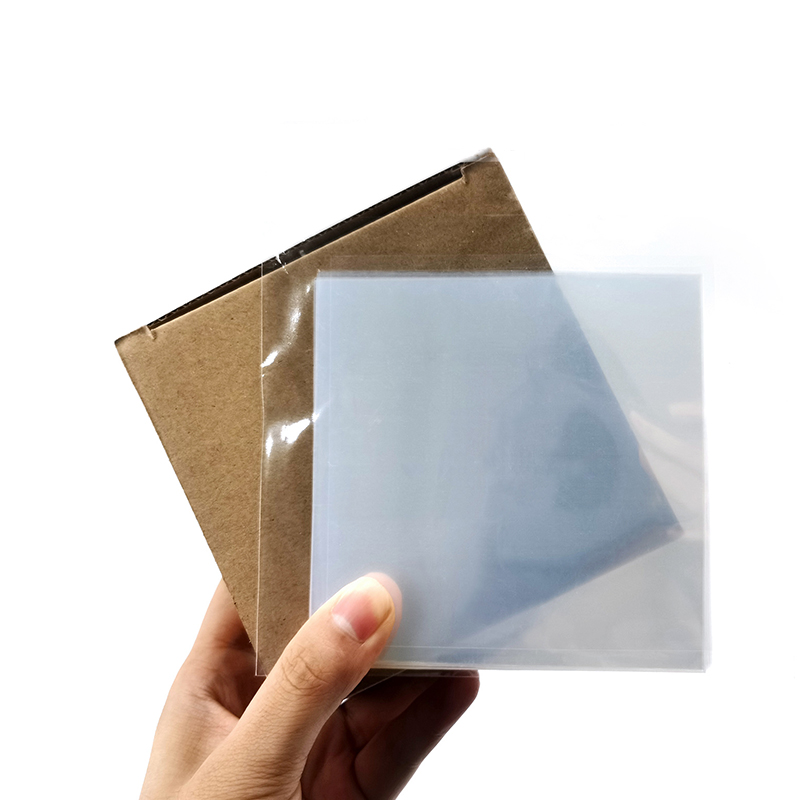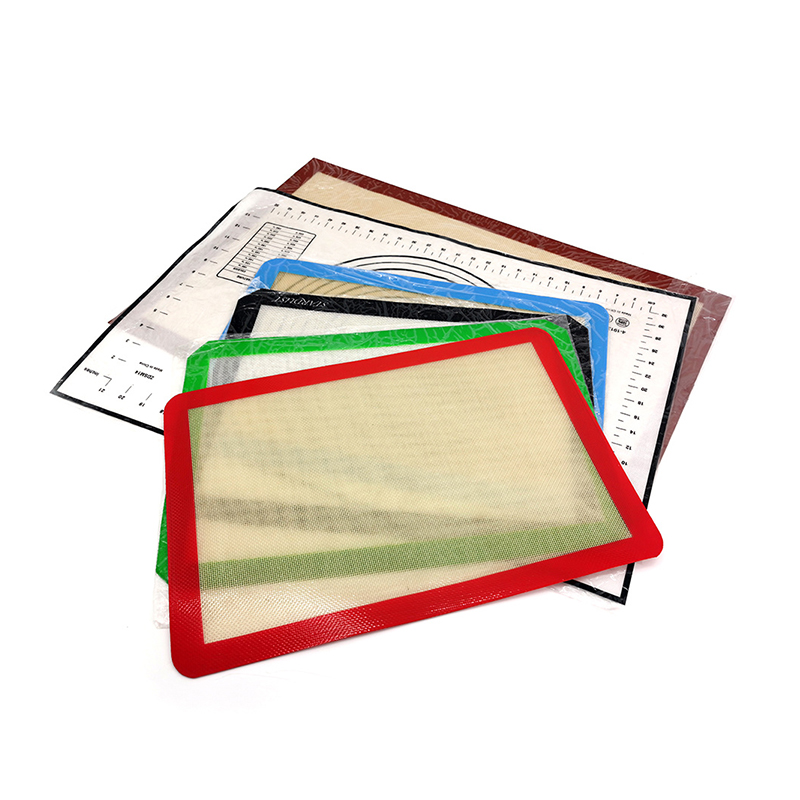The Ultimate Guide to PTFE Fabric: Properties, Applications, and Benefits
What Makes PTFE fabric Unique in Industrial Applications
Polytetrafluoroethylene (PTFE) fabric has become an essential material across numerous industries due to its exceptional properties. This high-performance textile combines the flexibility of fabric with the remarkable characteristics of PTFE, creating a versatile solution for demanding environments.
Key Properties of PTFE Fabric
The extraordinary performance of PTFE fabric stems from its unique molecular structure and manufacturing process:
- Exceptional chemical resistance to nearly all industrial chemicals
- Outstanding thermal stability with a continuous operating temperature range from -200°C to +260°C
- Low coefficient of friction that remains consistent across temperature variations
- Excellent electrical insulation properties even in harsh conditions
- Superior weatherability and UV resistance for outdoor applications
Comparison Between PTFE Fabric and Conventional Industrial Textiles
When comparing PTFE fabric to other industrial textiles, several key differences emerge:
| Property | PTFE Fabric | Standard Industrial Fabric |
|---|---|---|
| Temperature Resistance | -200°C to +260°C | Typically -40°C to +120°C |
| Chemical Resistance | Resistant to nearly all chemicals | Limited resistance |
| Friction Coefficient | 0.05-0.10 (very low) | 0.3-0.6 (moderate) |
| Dielectric Strength | Excellent insulator | Variable conductivity |
Exploring the Benefits of PTFE coated fiberglass fabric for High-Temperature Uses
PTFE coated fiberglass fabric represents one of the most durable and versatile forms of PTFE textiles, particularly suited for extreme temperature applications.
Structural Composition and Manufacturing Process
The manufacturing of PTFE coated fiberglass fabric involves several precise steps:
- High-quality fiberglass yarns are woven into a base fabric
- The fabric undergoes rigorous cleaning and surface preparation
- Multiple layers of PTFE resin are applied through a specialized coating process
- The material is cured at high temperatures to ensure proper bonding
- Final treatments may include additional surface modifications
Performance Advantages in High-Temperature Environments
The combination of fiberglass reinforcement with PTFE coating creates a material with unparalleled performance:
- Maintains structural integrity at temperatures that would degrade most polymers
- Provides excellent dimensional stability under thermal cycling
- Offers superior resistance to thermal shock compared to uncoated alternatives
- Reduces heat transfer while withstanding direct flame exposure
How PTFE membrane fabric Revolutionizes Filtration Systems
PTFE membrane fabric has transformed filtration technology across multiple industries by offering unique separation capabilities.
Microstructure and Filtration Mechanism
The effectiveness of PTFE membrane fabric stems from its microscopic porous structure:
- Controlled pore sizes ranging from 0.1 to 10 micrometers
- High porosity (typically 70-90%) for efficient flow rates
- Hydrophobic nature that repels water while allowing vapor transmission
- Three-dimensional network of interconnected nodes and fibrils
Applications Across Various Industries
The versatility of PTFE membrane fabric makes it suitable for diverse filtration needs:
| Industry | Application | Benefit |
|---|---|---|
| Pharmaceutical | Sterile air filtration | Absolute removal of microorganisms |
| Chemical Processing | Corrosive gas filtration | Resistance to aggressive chemicals |
| Food & Beverage | Clarification processes | No leaching or contamination |
The Superiority of PTFE laminated fabric in Architectural Applications
PTFE laminated fabric has become the material of choice for modern tensile architecture due to its durability and aesthetic qualities.
Construction and Material Composition
Architectural-grade PTFE laminated fabric typically consists of:
- Woven fiberglass base fabric providing structural strength
- Multiple PTFE coating layers for weather protection
- Special surface treatments for self-cleaning properties
- Optional additional layers for enhanced performance
Performance Characteristics for Building Envelopes
The material's architectural performance includes:
- 25+ year lifespan with minimal maintenance requirements
- High tensile strength (typically 5,000-12,000 N/5cm)
- Excellent light transmission (10-40% depending on design)
- Superior fire resistance (Class A rating)
- Natural self-cleaning through photocatalytic action
Understanding PTFE impregnated fabric for Specialized Industrial Uses
PTFE impregnated fabric offers unique solutions where deep material penetration is required for optimal performance.
Impregnation Process and Technical Advantages
The impregnation process differs from standard coating methods:
- PTFE particles penetrate deep into the fabric structure
- Creates a more uniform distribution of PTFE throughout the material
- Maintains better fabric flexibility compared to thick coatings
- Provides enhanced mechanical properties at fiber level
Comparison Between Impregnated and Coated PTFE Fabrics
| Characteristic | PTFE Impregnated Fabric | PTFE Coated Fabric |
|---|---|---|
| Flexibility | Higher drape and conformability | More rigid structure |
| Chemical Resistance | Excellent throughout material | Primarily surface protection |
| Weight | Lower weight gain | Significant weight increase |
Maintenance and Care Considerations for PTFE-Based Fabrics
Proper handling and maintenance significantly extend the service life of PTFE fabric products.
Cleaning Procedures and Best Practices
While PTFE materials are generally low-maintenance, proper care ensures optimal performance:
- Use mild detergents and soft brushes for surface cleaning
- Avoid abrasive cleaners that could damage the surface
- Rinse thoroughly after chemical exposure in industrial settings
- Periodic inspections for wear or mechanical damage
Storage and Handling Recommendations
Proper storage conditions maintain material properties:
- Store in clean, dry environments away from direct sunlight
- Roll rather than fold to prevent creasing
- Maintain temperature between 10°C and 30°C
- Protect from sharp objects that could puncture the material



 English
English Español
Español русский
русский
